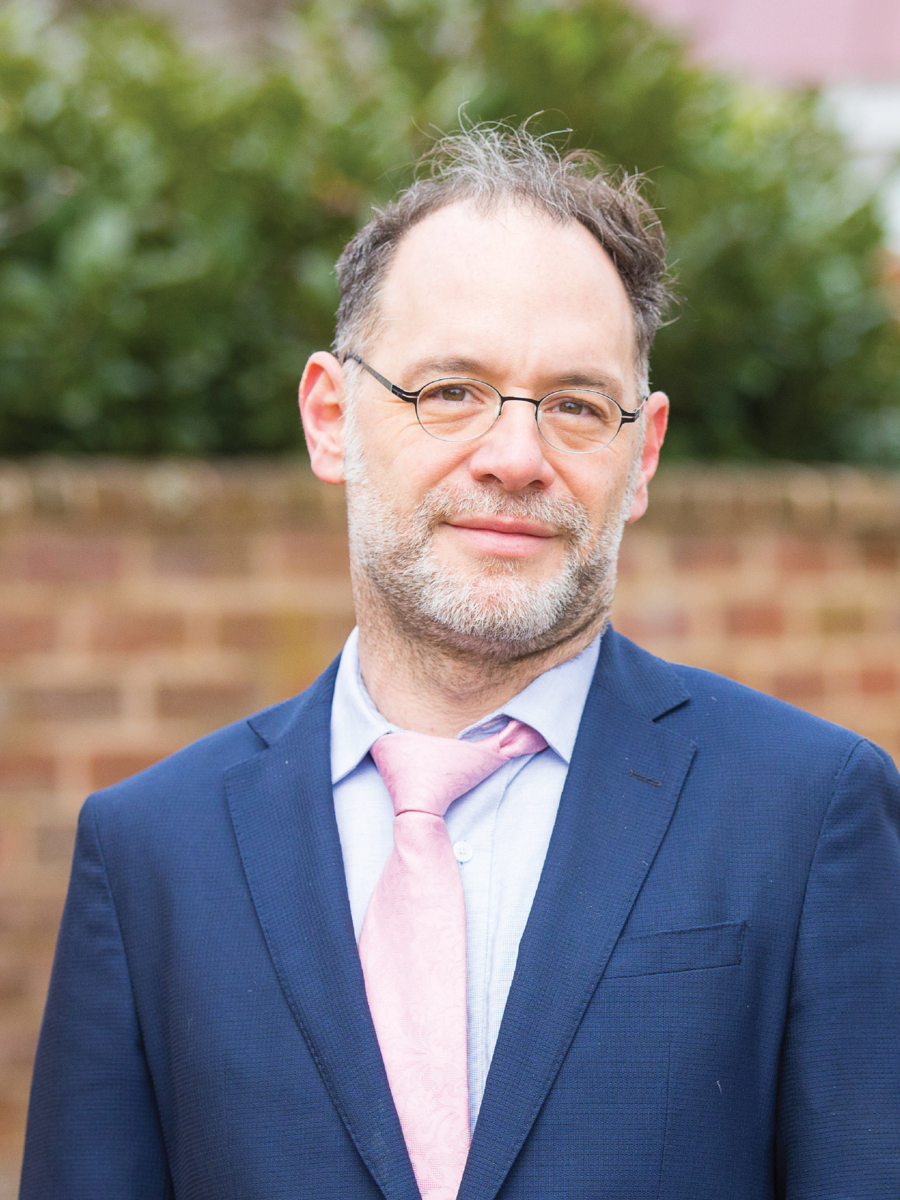Bio
Mark Orr is a research associate professor in the Network Systems Science and Advanced Computing division. Orr was originally trained as a cognitive psychologist at the University of Illinois at Chicago. Orr received augmentation to this training with postdoctoral fellowships in computational modeling (Carnegie Mellon), neuroscience (Albert Einstein College of Medicine), and epidemiology/complex systems (Columbia University). Over the past decade, he has become heavily involved in understanding dynamic processes and drivers of risky behavior and decision making, primarily in a public health context, at the scale of the individual and populations. Orr is now currently expanding these ideas into other contexts and for other applications (e.g., DoD, DOE, DHS).
-
Univ. Illinois at Chicago, Cognitive Psychology, Ph.D., 2003
-
Postdoctoral Fellow, Computational Psychology, Carnegie Mellon University 2002-2004
Postdoctoral Fellow, Neuroscience, Albert Einstein College of Medicine, 2004-2005
Merit Fellowship, Epidemiology/Complex Systems, Columbia University 2011-2014
Traffic planners, securities traders and military strategists all use it. Simulating the behavior of millions of idiosyncratic individuals also may be the best way to understand complex phenomena like pandemics.

The UVA Biocomplexity Institute has received a $1.44M award from the National Science Foundation for a Virtual Organization (VO) that will facilitate communication and collaboration among CISE scientists currently involved in pandemic research through the NSF RAPID program.

As the COVID-19 pandemic continues to escalate in the United States and in many locations around the world, countless questions remain about next steps for mitigation and response. How will various mitigation methods affect the spread? How will those change as the pandemic progresses or regresses?
While vaccination is the primary and most effective way to prevent sickness and death caused by flu, the CDC reports that less than 40 percent of Americans age 18 and older typically receive a flu shot. This begs the question: what additional mitigation and prevention methods might improve the public health response and policy development for the flu?




